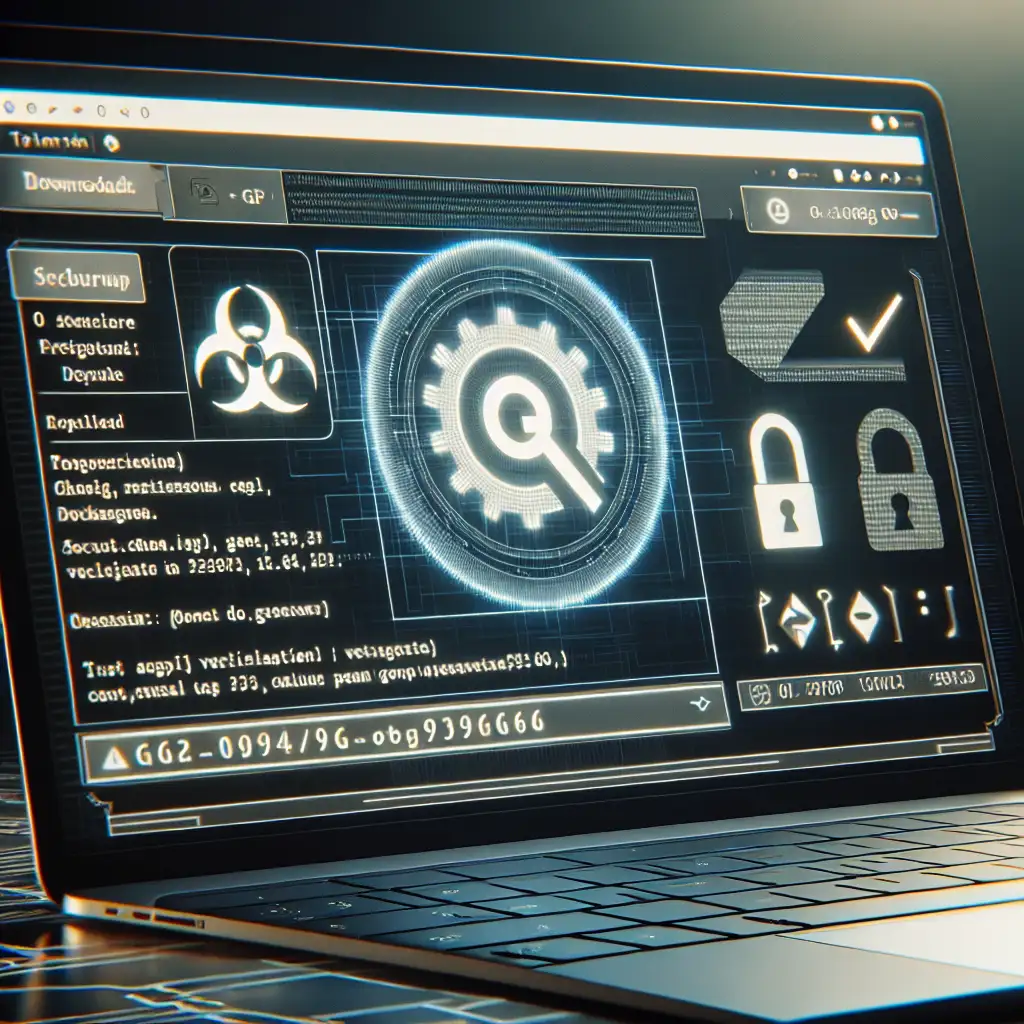A Step-by-Step Guide to Securely Downloading Kali Linux for Penetration Testing
Most guides gloss over the critical security steps when downloading Kali Linux, leaving users vulnerable to counterfeit or compromised versions. Here's how to safeguard your download like a pro.
If you’re venturing into the world of penetration testing or ethical hacking, Kali Linux is one of the best tools you can have in your arsenal. It’s robust, packed with pre-installed security utilities, and widely trusted by cybersecurity professionals. But the importance of how you download Kali Linux cannot be overstated — a compromised or fake ISO image can undermine all your efforts and even jeopardize your own security.
Here's a practical, step-by-step walkthrough to ensure you get a genuine, uncompromised Kali Linux image, so you can kick off your ethical hacking journey on solid ground.
Step 1: Understand Why Secure Download Matters
Before diving into downloading Kali Linux, it’s crucial to know why security matters here. Cyber attackers sometimes distribute tampered versions with backdoors or malware baked in. Using these would turn your powerful toolkit into a liability.
To avoid this:
- Only download from official sources.
- Verify the integrity of the downloaded file using checksums and digital signatures.
Step 2: Go Directly to the Official Kali Linux Website
Avoid third-party download sites at all costs. The safest way is to get Kali from the official website:
Here you will find the latest ISOs for various architectures (64-bit, ARM, VMware images, etc.).
Example: For most desktop users, you'll want the “Kali Linux 64-bit (Installer)” ISO.
Step 3: Choose Your File Carefully
On the downloads page:
- Pick the right version for your hardware.
- Choose between direct HTTP(s) download or torrent (which provides its own integrity checks).
If unsure about torrents, HTTP(s) is straightforward — but plan to verify integrity manually afterward.
Step 4: Verify Your Download’s Integrity
Now comes a critical step many users skip—verifying that what you downloaded matches exactly what Kali developers released.
How? By checking SHA256 checksums and GPG signatures.
Verify Using SHA256 Checksum (Example)
- On the Kali downloads page you'll find a file named like
SHA256SUMSwhich contains hashes for all ISO images. - Open a terminal on your computer.
- Navigate to where you saved your downloaded ISO.
- Run:
sha256sum kali-linux-2023.1-installer-amd64.iso
- Compare the output hash with the one listed in
SHA256SUMS. - If they match exactly, your file is untampered.
Verify Using GPG Signature (Advanced but Recommended)
- Download
SHA256SUMSandSHA256SUMS.gpgfiles from Kali’s site. - Import Kali’s official GPG key:
gpg --keyserver hkp://keys.gnupg.net --recv-keys ED444FF07D8D0BF6
- Verify signature:
gpg --verify SHA256SUMS.gpg SHA256SUMS
GPG will tell you whether the signature is valid and trusted — which guarantees authenticity beyond just checking hashes.
Step 5: Use Verified Media to Create Bootable USB
Once confirmed clean:
- Use tools like Rufus (Windows), balenaEtcher, or Linux’s built-in dd command to create a bootable USB drive.
- Never write an unverified ISO image — that defeats all prior steps.
Example dd command:
sudo dd if=kali-linux-2023.1-installer-amd64.iso of=/dev/sdX bs=4M status=progress && sync
(Replace /dev/sdX with your actual USB device path — double check to avoid overwriting system disks.)
Step 6: Update Kali Immediately Post-Installation
Even officially downloaded images may not have latest patches months down their release cycle.
Once booted into Kali:
sudo apt update && sudo apt full-upgrade -y
This helps patch vulnerabilities discovered after release and keeps tools current.
Wrapping Up
By following these steps precisely:
- Downloading only from official sources
- Verifying checksums and signatures
- Safely creating boot media
…you’ll ensure that your Kali Linux setup is secure from day one — laying a trustworthy foundation for all penetration testing tasks ahead.
Remember: In cybersecurity, trusting your tools starts with trusting how you get them. Download securely and hack responsibly!
If this guide helped you secure a genuine copy of Kali or if you have questions about any step, drop a comment below!
